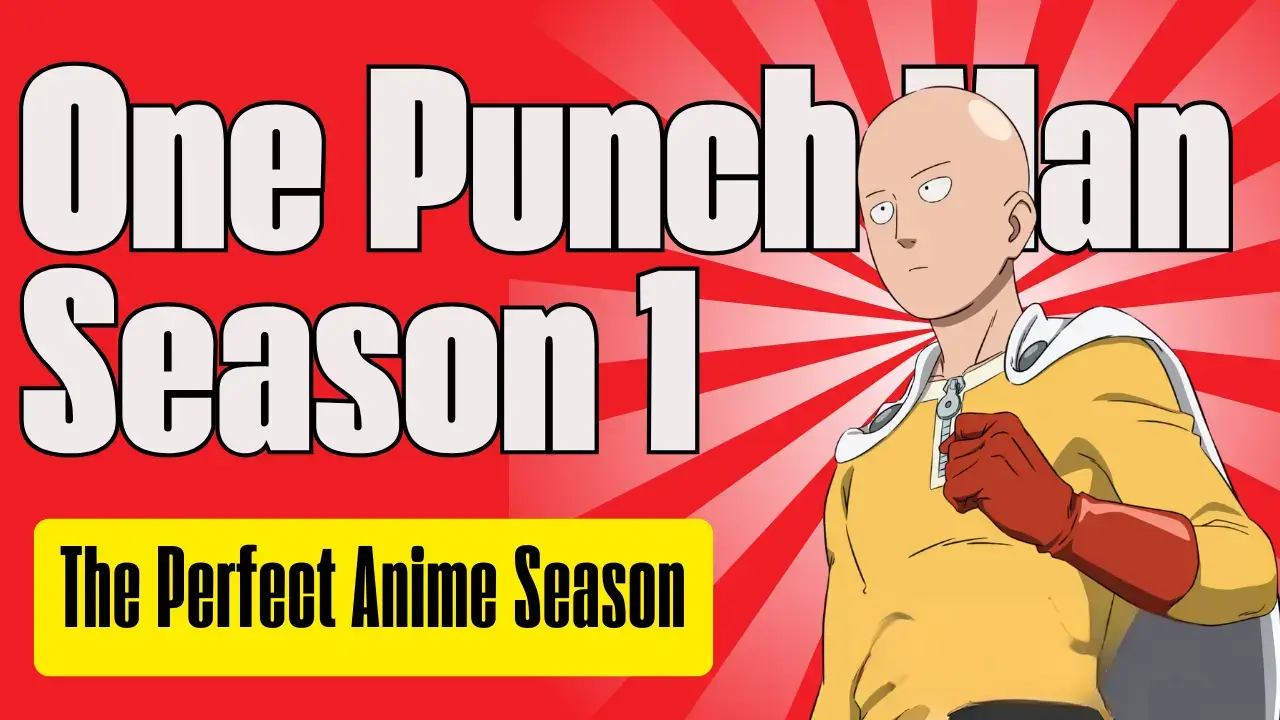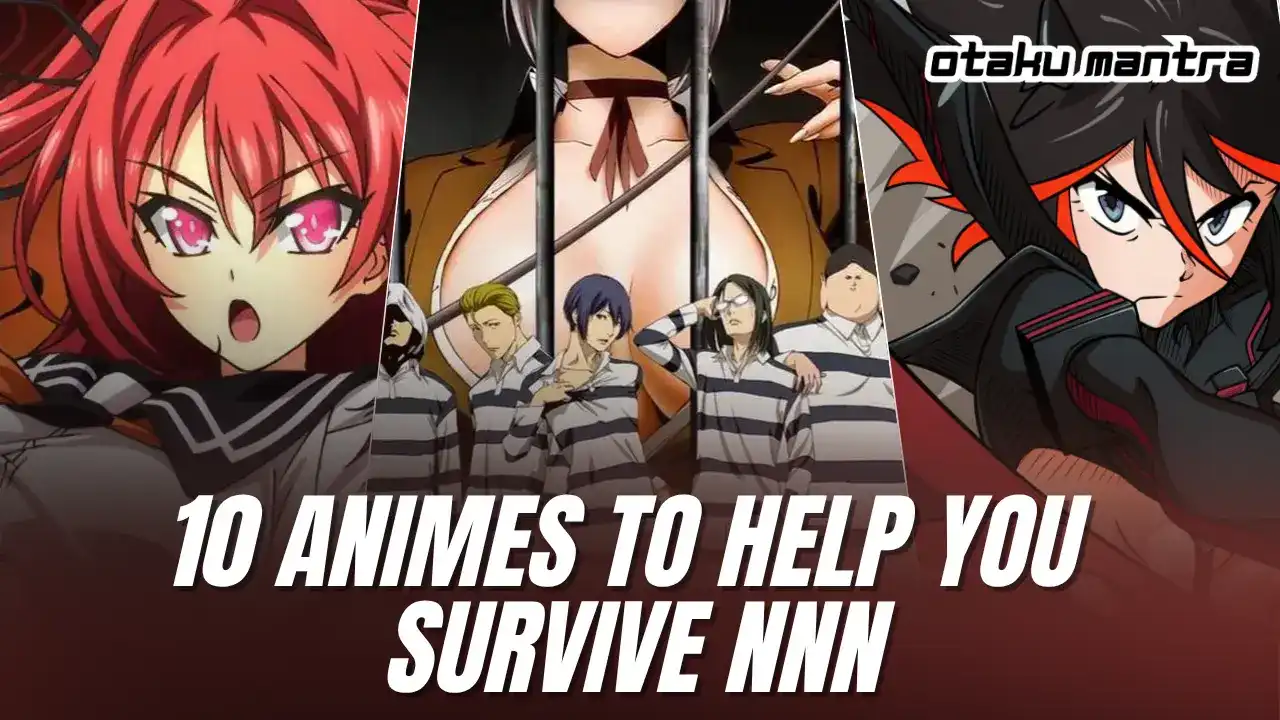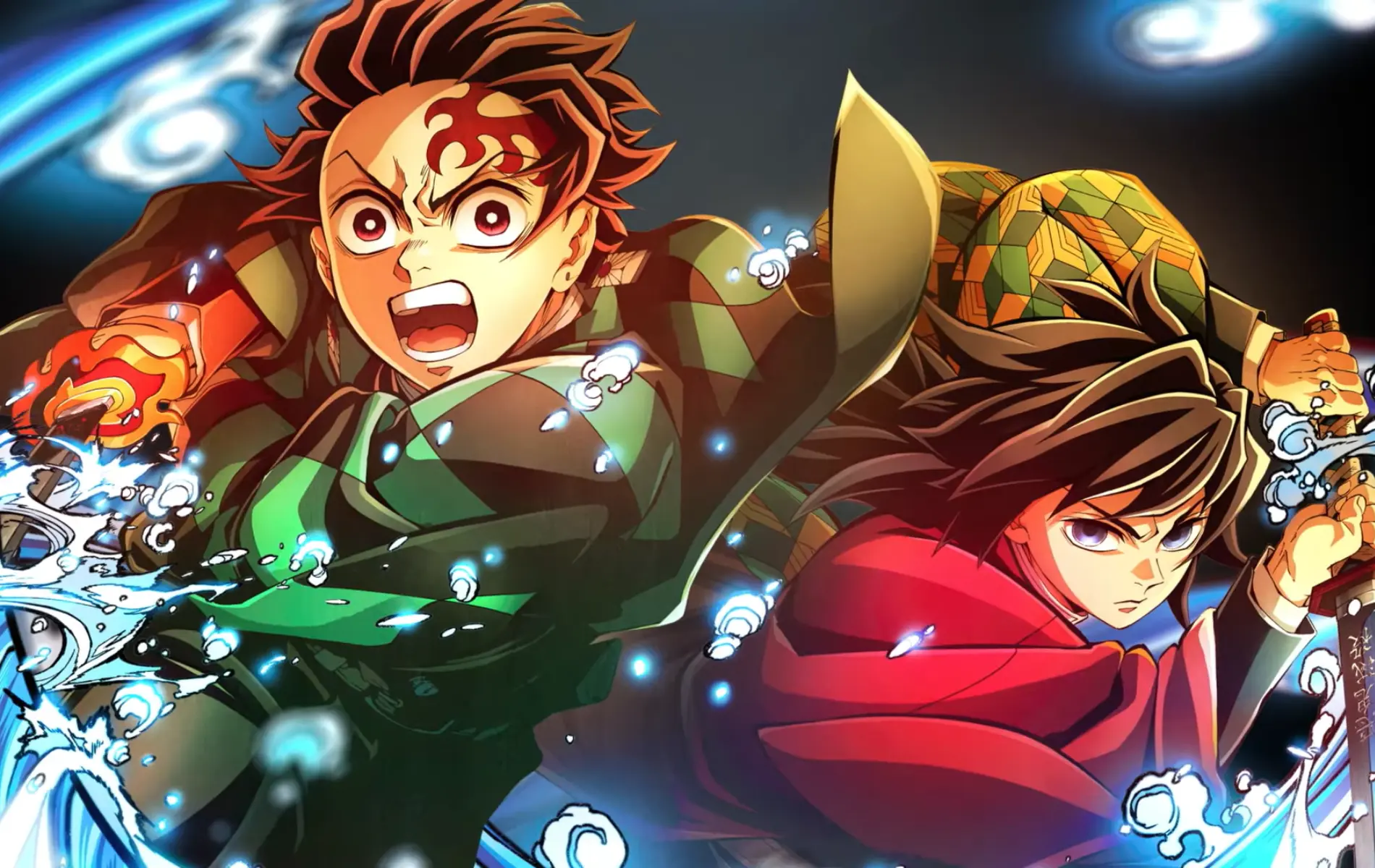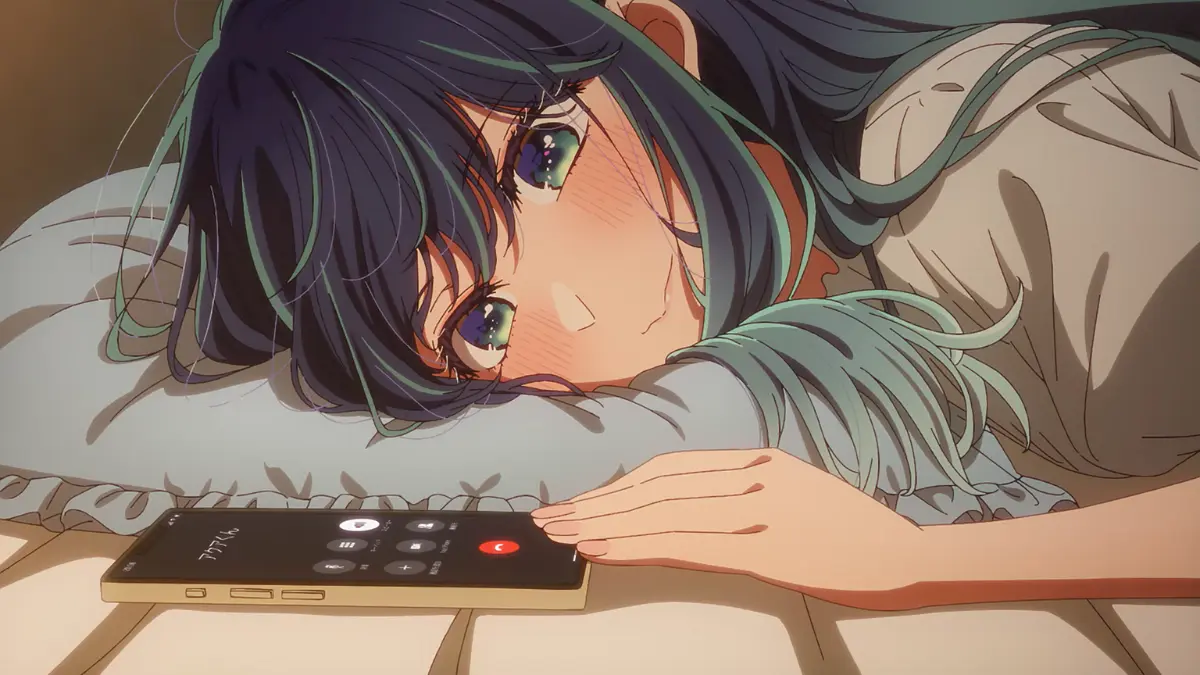When One Punch Man Season 1 premiered in 2015, few people thought it would become an instant modern anime icon. What began as a small webcomic by ONE, created to test out new manga software, evolved into a global sensation that redefined superhero satire, shonen storytelling and anime production standards. Season 1 did more than introduce Saitama: it set a benchmark that is still influencing the industry today about pacing, comedy, animation, and parody.

How One Punch Man Season 1 Satirised Superheroes and Shonen Tropes
One Punch Man Season 1 is particularly outstanding for how it playfully mocks the very genres fans adore, which are Western superhero comics and Japanese shonen battle series. Instead of glorifying long, dramatic power-ups and escalating fights, One Punch Man plays that formula upside down: Saitama is so preposterously overpowered that he can kill any enemy with just one punch.
This gimmick becomes a tool for satire. The anime mocks how cartoonishly destructive shonen and superhero battles often are while delivering its own spectacularly exaggerated action scenes in homage to classics like Dragon Ball Z, Fist of the North Star, Naruto and One Piece. While many modern shonen like Gachiakuta follow the traditional formula but add their own unique flavour, One Punch Man takes the opposite approach by completely inverting genre expectations.
Yet, it’s never superficial. Instead of the search for a stronger opponent, Season 1 considers something deeper: the emptiness of having everything go your way, an almost philosophical surprise for an action-comedy show.
Why Saitama Became One of Anime’s Most Iconic Heroes
Despite his blank expression, simple design, and comically anti-climactic power, Saitama is one of the most compelling protagonists in modern anime. He’s tired of winning so easily. He is never recognised for his bravery. He is stuck in a life where nothing challenges or excites him. His actual challenges are social, emotional and existential in nature – not physical.
Saitama’s intentionally plain character design contrasts brilliantly with the highly detailed art around him, making the serious moments even more impactful. His moral code is subtly shown too: he never kills human villains, knocking them unconscious instead. Quotes such as “Just a guy who’s a hero for fun” turned out to be instant classics, emblematic of his simple yet sincere personality.
MadHouse’s Animation: The Reason OPM Season 1 Became the Gold Standard
Madhouse’s work on Season 1 is a huge reason for its legendary status. The animation is crisp, cinematic, fluid and bursting with personality. From the devastating clash against Boros to Saitama vs. Genos, every fight feels both ridiculously over-the-top and meticulously choreographed.
The dynamic camerawork, slow-motion shots and high-detail character shots really pushed the boundaries of what TV anime was capable of. Season 1 was touted by fans and critics alike as a technical marvel. To this date, many consider it one of the best-animated action seasons ever produced.
A Memorable Cast That Elevates the Story
The supporting cast in Season 1 deepens the world and satirises superhero archetypes in hilarious ways. Genos is Saitama’s overly serious cyborg disciple, a parody of Western heroes like Cyborg from DC Comics. Mumen Rider. The personification of pure-hearted, powerless justice. Speed-o’-Sound Sonic and Flashy Flash are comedic homages to Sonic the Hedgehog and the Flash.
Every new episode introduces new heroes and villains, giving the sense of a constantly expanding world. Even minor characters have left indelible marks and keep memes, jokes, and theories going.
A Perfect Mix of Comedy, Action and Heart
Season 1 balances over-the-top battles, deadpan humour, emotional undertones and sharp genre commentary, too. There are endless moments of hilarity-from the ridiculous villainy of Sonic to the daily boredom of Saitama. Iconic memes like “Saitama OK”, “Crabs for my sensei”, exploded online, making the show’s cultural footprint stronger.
But beneath the humour is a core message: strength alone cannot provide the sense of purpose or fulfilment and one should never stop seeking meaning, challenge and appreciation.
A Season Without Filler, But Full of Hits
Unlike many long-running shonen anime, Season 1 is tight, focused and has no filler. Every episode counts and can bring either a memorable moment or a character introduction. The climax against Boros remains one of the most-talked-about finales in anime.
A Soundtrack That Electrified the Fandom
From the legendary opening “The Hero!!” by JAM Project to dramatic battle tracks like “BATTLE”, Saitama’s main theme (“Seigi Shikkou”) and the end credits, “Angel Rush”, the soundtrack perfectly captured the epic and comedic tones. The music was just about as iconic as the visuals – instantly recognisable to fans across the world.
One Punch Man Season 1 vs Season 2: Why the Animation Difference Matters
While Season 2 was not entirely hated, the noticeable drop in animation quality brought on by switching studios from Madhouse to J.C. Staff did bring on backlash. Some of the critiques included pacing issues, static fight scenes and a lack of cinematic flair. The contrast has almost involuntarily overemphasised Season 1, making its reputation close to mythical. This animation quality debate continued with Season 3, particularly when compared to how My Hero Academia’s final season maintained consistent production values.
Legacy: How Season 1 Became Legendary
Season 1 of One Punch Man became legendary because it:
- Reinvented shonen tropes with sharp satire
- Delivered some of the best animation in TV anime history.
- Introduced a uniquely compelling hero.
- Balances action, comedy and philosophy perfectly.
- Engendered a massive and surviving cultural phenomenon
- Spawned memes, iconic quotes and an instantly recognisable aesthetic
- Appealed to both anime fans and casual viewers alike.
It wasn’t just a parody or action show – it was lightning in a bottle. To this date, almost a decade later, fans still hold Season 1 to be a masterpiece, a genre-defining moment and one of the greatest anime seasons ever. Bookmark Otaku Mantra for more awesome content!





